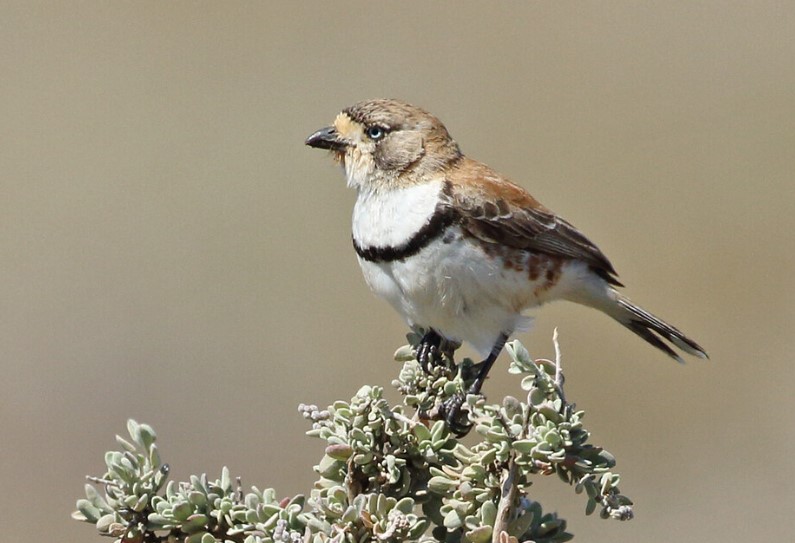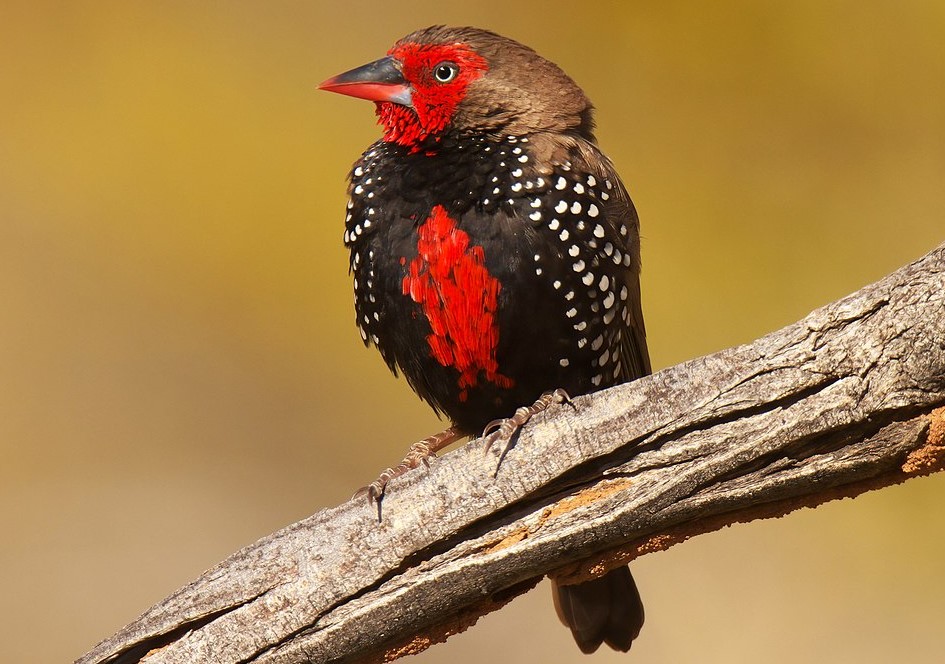/ month
placeholder text
Post List
Editor's Picks
A Lady Found her Wedding Ring in Carrot after 16 Years
Some events in life are extremely unpredictable and mystify...
English Man Walking All Day to Create Massive Snow Patterns
English Man Walking All Day to Create Massive Snow...
Half Dome Hike California United States
Well; hiking is a great passion for human health....
The Most Beautiful Roads in Europe
Most Beautiful Roads in Europe - For driving lovers,...
Mowrer Edgar Ansel – Pulitzer Prize-Winning Journalist
Mowrer Edgar Ansel is regarded as the dean of...
We Are Flower By Galeria Melissa
We Are Flower - American design studio SoftLab attached...
Ideal Position of Electrical Switches and Outlets in Your Home
Ideal Position of Electrical Switches and Outlets in Your...
John Murray, Fourth Earl of Dunmore
John Murray was a British colonial administrator, his duties included...
The Fossil Falls, California U.S.
The Fossil Falls is a marvelous geological formation, located...
Don't Miss
Amazing Limestone Pavements of Orton Fells
The Orton Fells, a region of outstanding geology bordered...
Black-headed Oriole (Oriolus larvatus)
Description: The Black-headed Oriole (Oriolus larvatus) occurs widely in...
The Potent and Fascination with Herbs Charms
The fascination with herbs is a potent one and...
Brain Injuries in Sports: Addressing the Risks and Protocols for Athletes
Brain Injuries in Sports:
The world of sports offers invaluable...
Butterfly Classification: How are They Named?
Most Butterfly Classification has an English name and all...
What is Torticollis, Symptoms, Causes, Complication, and Treatment
Introduction
Torticollis is a disorder that affects the head and...
Wolfe Creek Crater in Western Australia
Wolfe Creek Crater is a well-preserved meteorite impact crater...
Charismatic Planet © 2024 . All Rights Reserved.
















